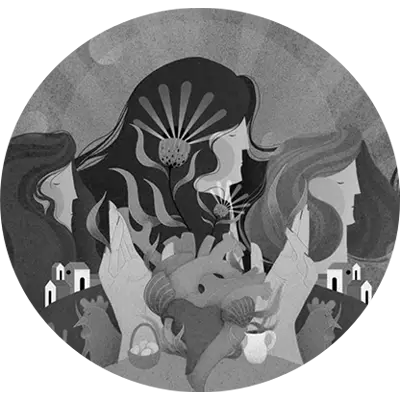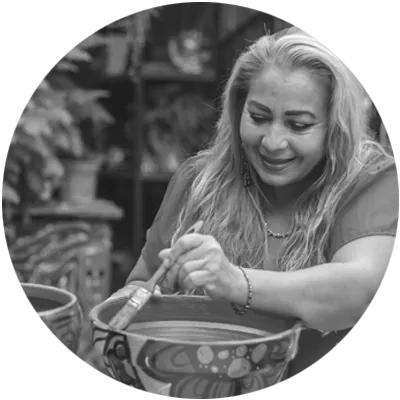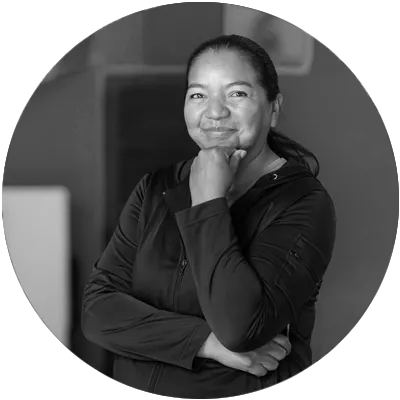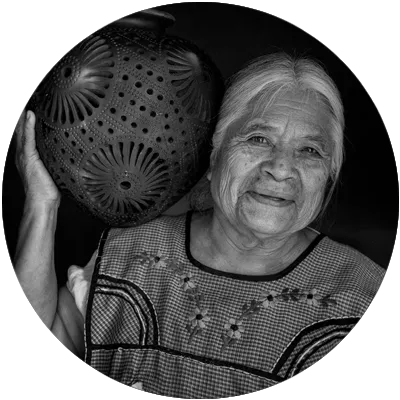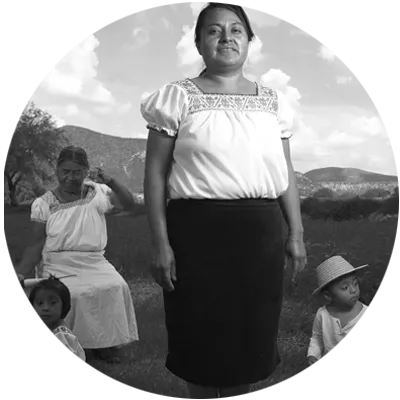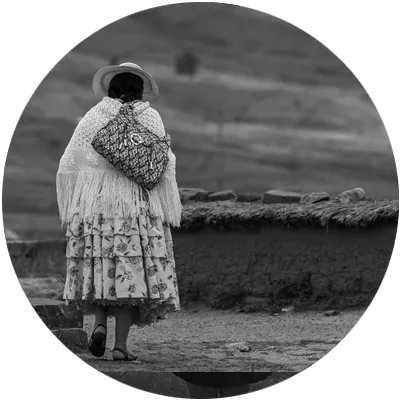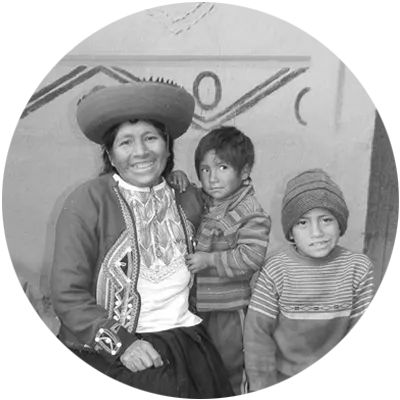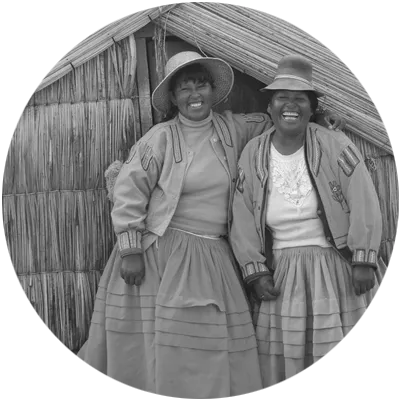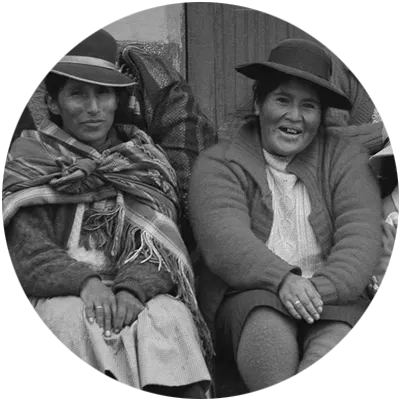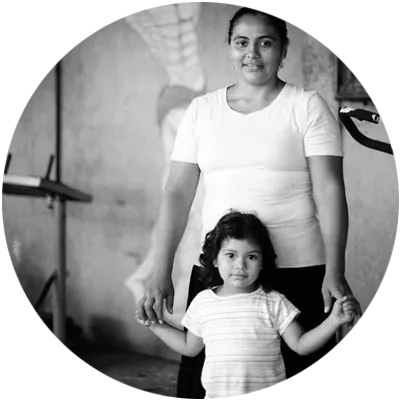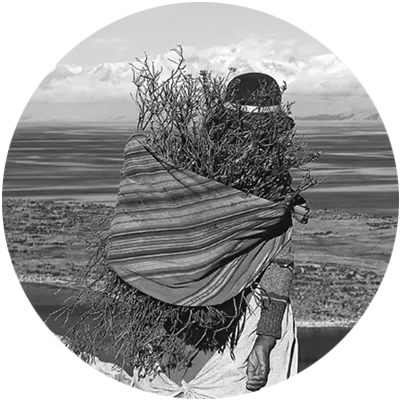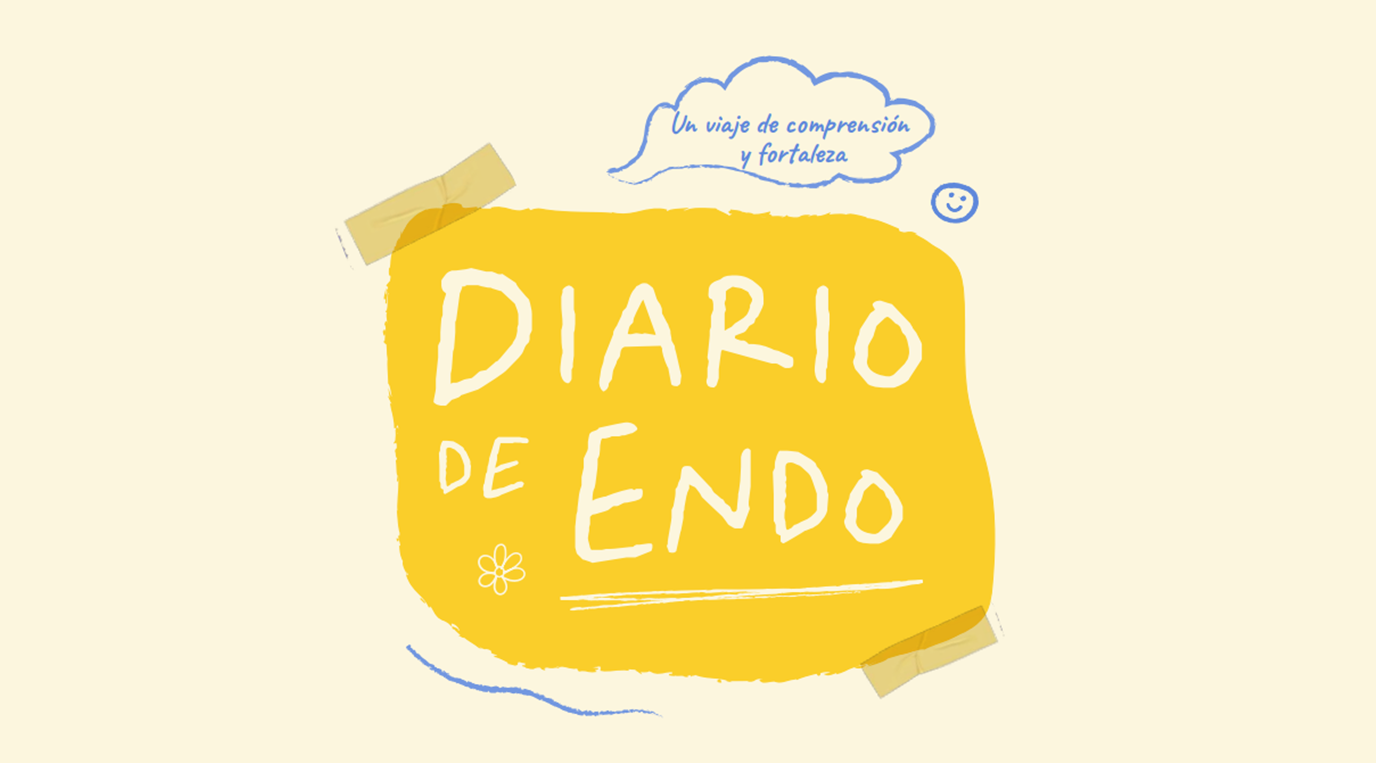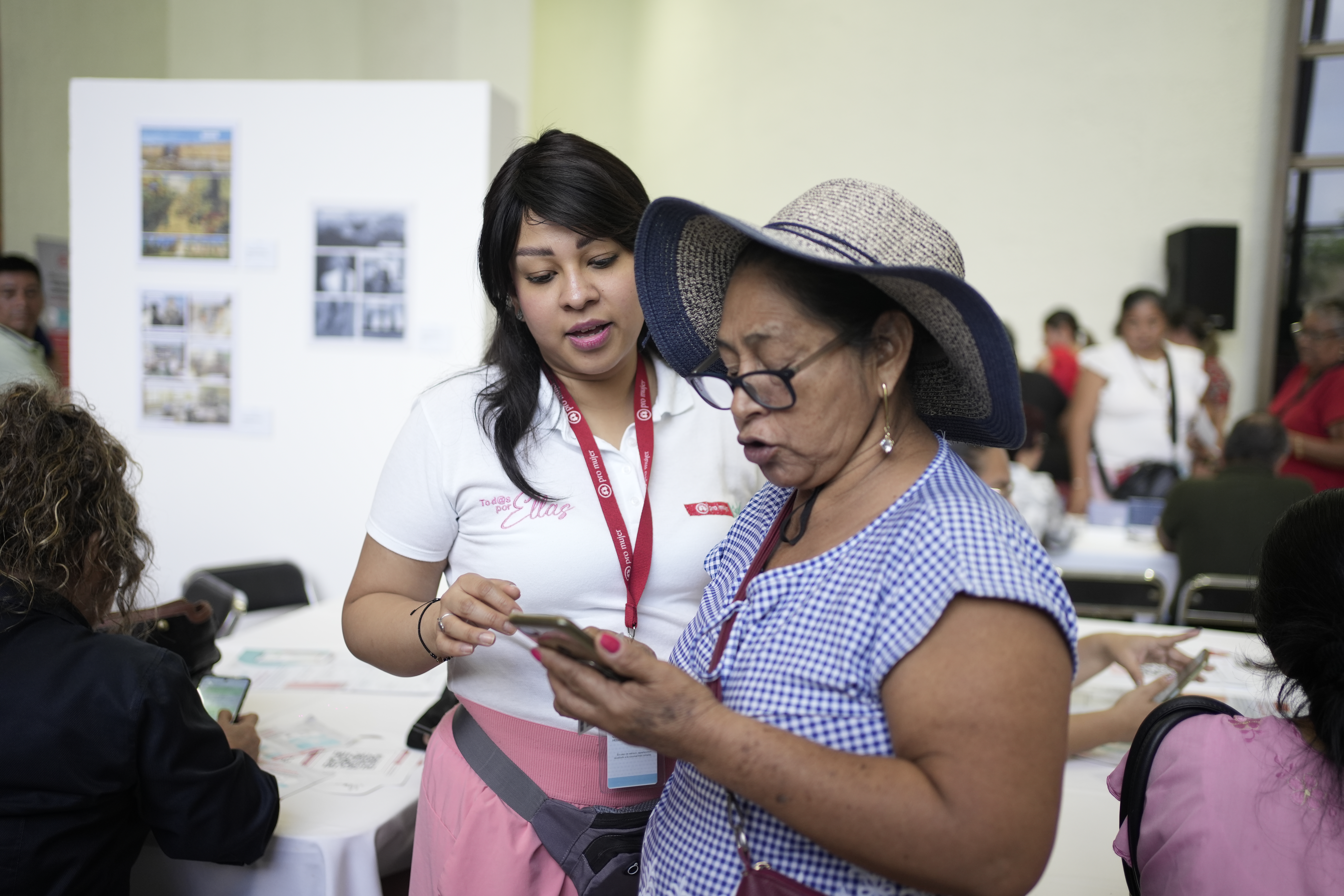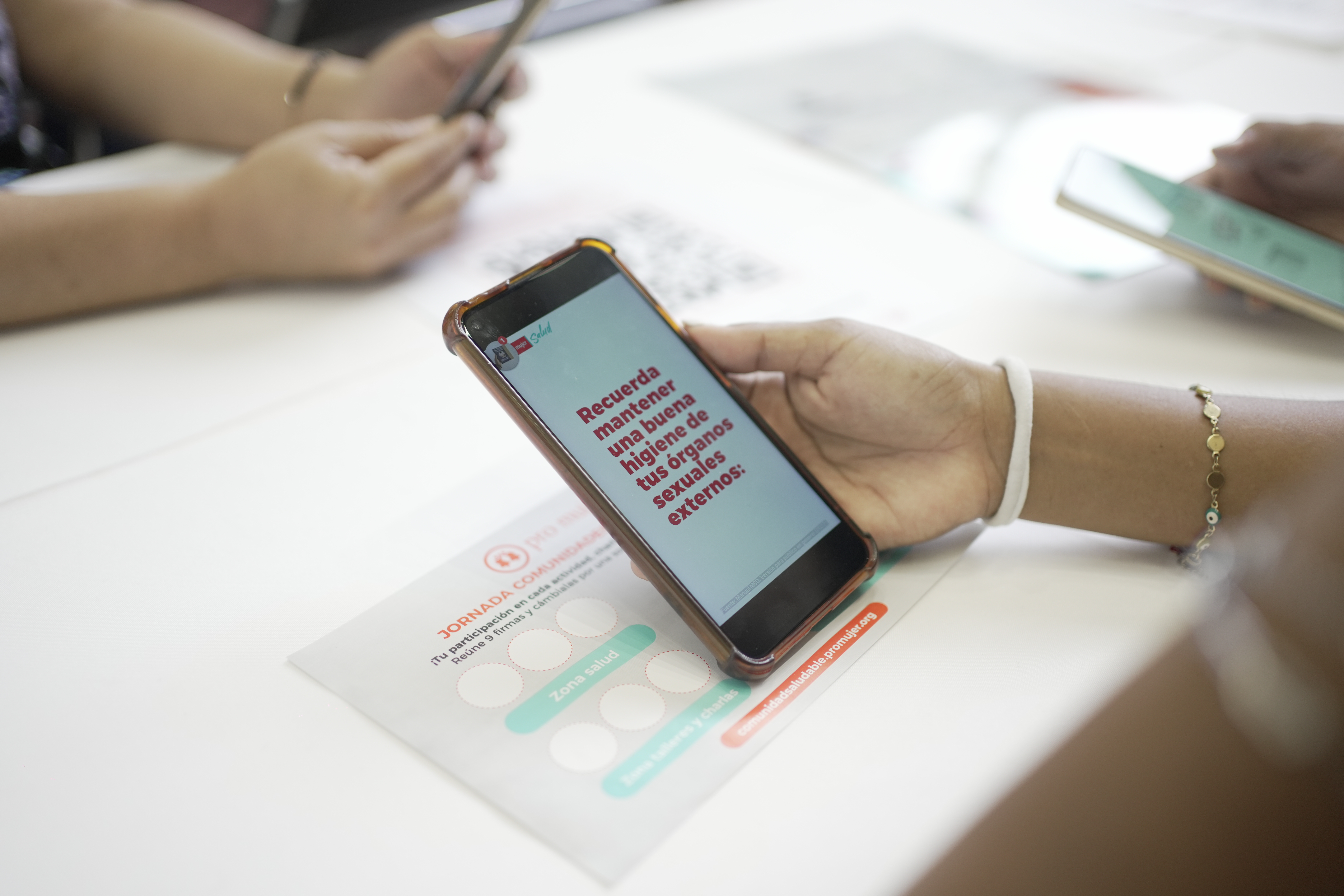“I thought that maybe [my mom] was right and that pain was just an inevitable part of being a woman. But as the years went by, the pain became more intense and harder to ignore. The bleeding was heavy and the clots were constant. Nothing I did seemed to relieve the pain.”
The testimony is from Laura Martínez, the main character of “Endo Journal”, but it could be the one from any of the more than 190 million girls and women living with endometriosis worldwide. This represents 10% of this population group (WHO), excluding other individuals with a uterus not represented in the official figures.
Although it is not a life-threatening disease, endometriosis has a profound impact on those who suffer from it. It has serious social, psychological, and economic consequences: interruptions in education, absenteeism from work, social isolation, dyspareunia (painful sexual intercourse), anxiety, and depression are just some of the problems associated with endometriosis.
And yet, very little is known about this condition. It is estimated that a correct diagnosis can take around 7 years, but there is no cure or definitive treatment for the disease. For this reason, Pro Mujer, with the support of the Johnson & Johnson Foundation, created Endo Journal, a visual and user-friendly guide designed to help understand and manage endometriosis from an intimate and accessible perspective.
This tool aims to support women in Latin America and empower them with knowledge about their bodies and their health so that they can find comfort, understanding, and practical resources to manage this disease. The project also focused on improving understanding and awareness of this condition in Argentina, Chile, and Colombia, as well as identifying barriers to accessing medical care.
That pain feel has a name: Endometriosis
For Laura, who guides readers through all the tools and information contained in Endo Journal, understanding that her symptoms had a name “was like getting a passport, an identification that validated my experience and my pain.”
Colitis, stress-induced gastritis, abdominal bloating, loss of appetite, nausea and vomiting, hip and leg pain, fainting, fatigue… all these symptoms, which Laura thought were normal for a woman, were anything but normal. They were the manifestation of this disease, which prevails in 71% to 87% of women with chronic pelvic pain (Endometriosis. N Engl J Med., 2020).
This is a chronic inflammatory disease common among women of reproductive age, which occurs when a tissue similar to the lining of the uterus grows outside of it. Some of its symptoms include:
- Fatigue
- Depression and anxiety
- Difficulty getting pregnant
- Bloating, gas and nausea
- Chronic pelvic pain
- Heavy bleeding during or between periods
Its causes are unknown, but it is believed that some risk factors are associated with genetics, early onset of menstruation, endocrine disruptors, and other genetic changes due to environmental factors. A cure has been discovered, but the research is still in its early stages, and while some medications relieve symptoms, and interventions such as surgeries and hormonal treatments can help to reduce pain, none are definitive.
The road is long and difficult, but it doesn’t have to be lonely. It is possible to live fully with endometriosis, and that is the message that Pro Mujer, with the support of the Johnson & Johnson Foundation, wants to convey through the Endometriosis Project. Through this project, which includes qualitative research involving interviews with more than 60 women from the region, the aim is to generate a greater understanding of this condition in Argentina, Chile, and Colombia, as well as to identify barriers to accessing medical care.
The main goals of the project are: to raise awareness about endometriosis, increase the visibility of symptoms and care options, and recommend activities for Community Health Workers (CHWs) that promote awareness, early diagnosis, and continuous follow-up care.
Thanks to tools like the Endo Journal, women living with this disease can improve their lives and conclude, as Laura did in her journal, that “although the diagnosis and pain relief are important milestones, what truly made a difference was the holistic healing process that I chose to embark on.”
Would you like to learn about the strategies and tools that Endo Journal offers to improve the quality of life of people with endometriosis? Download and share it!

